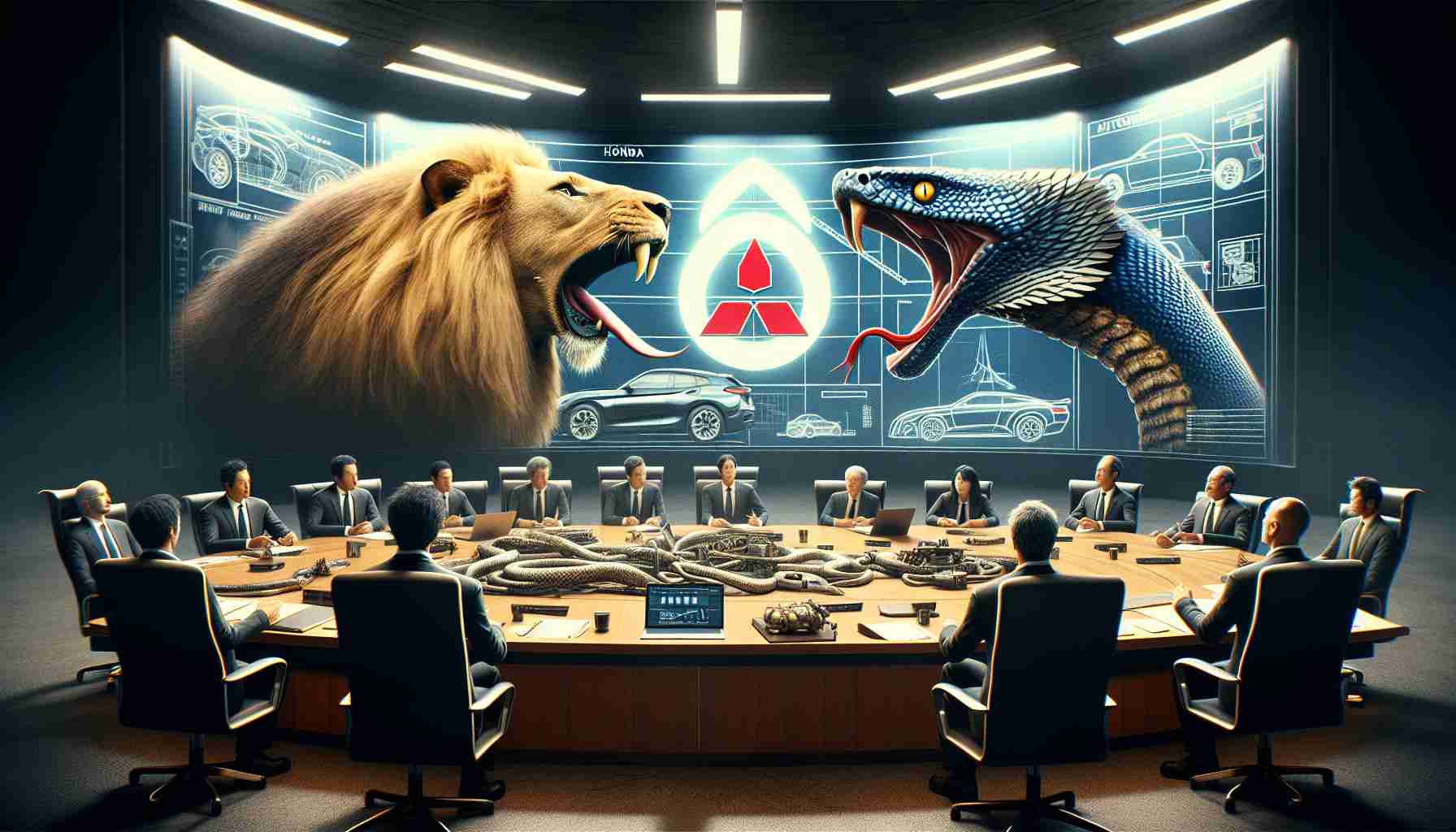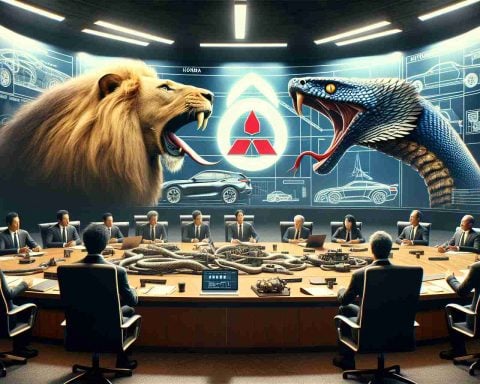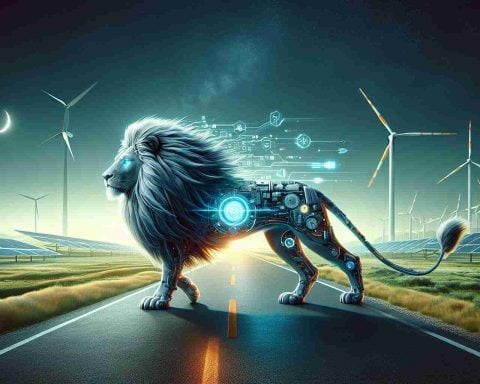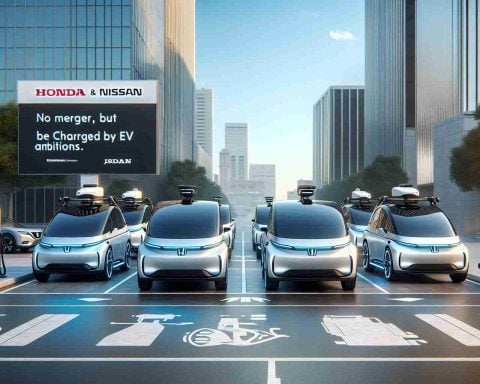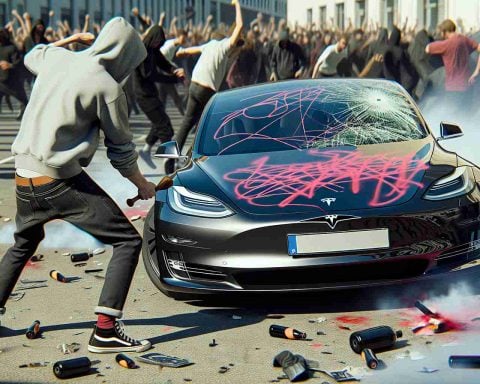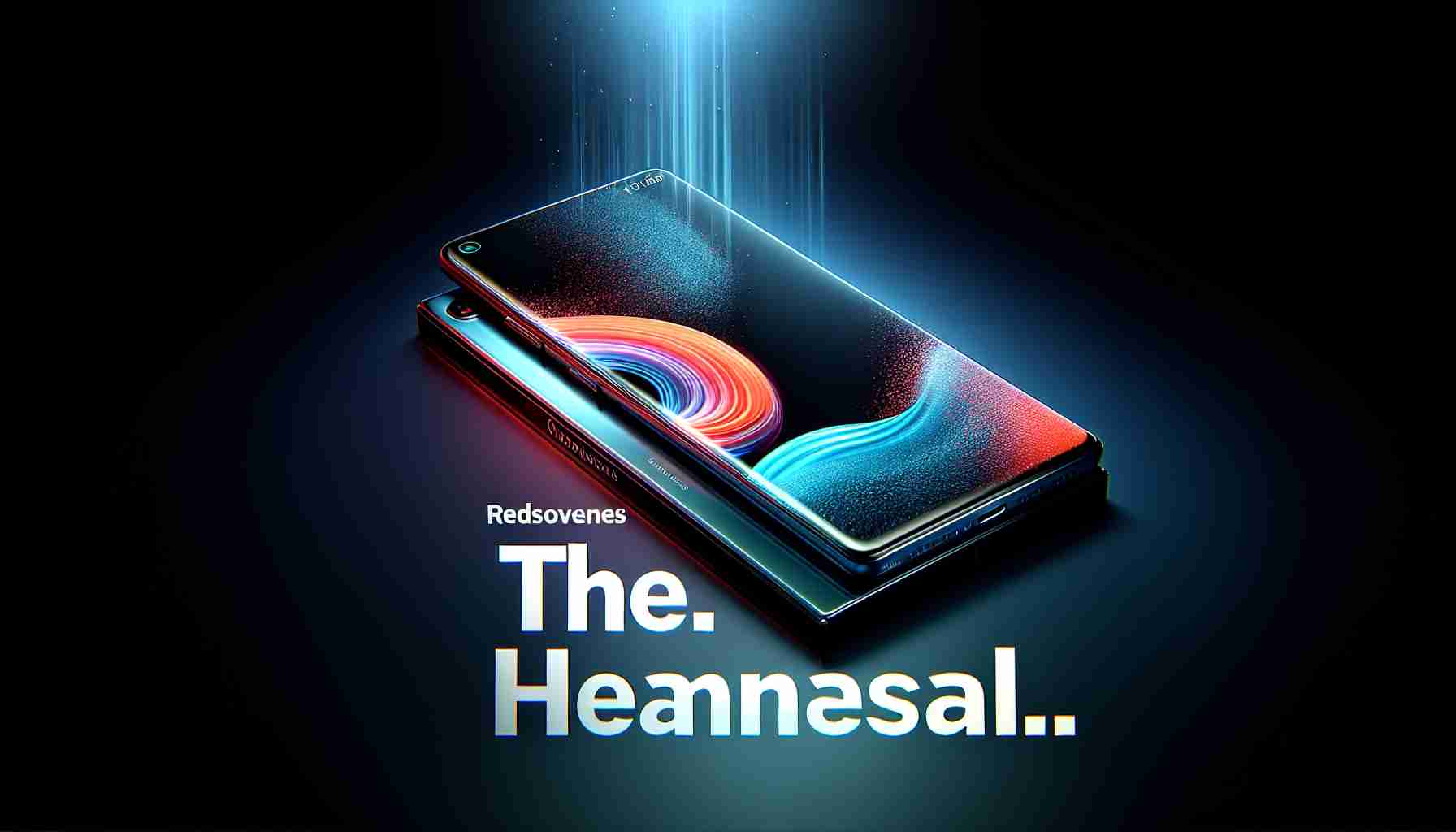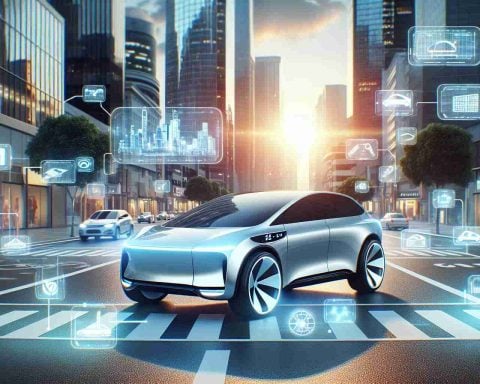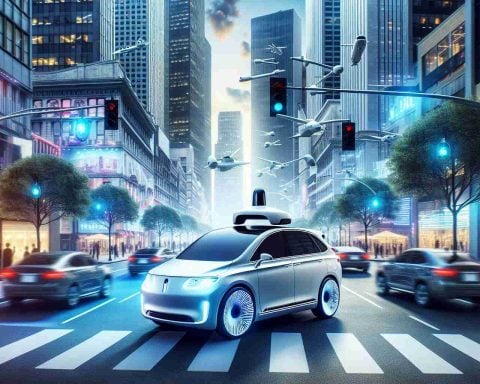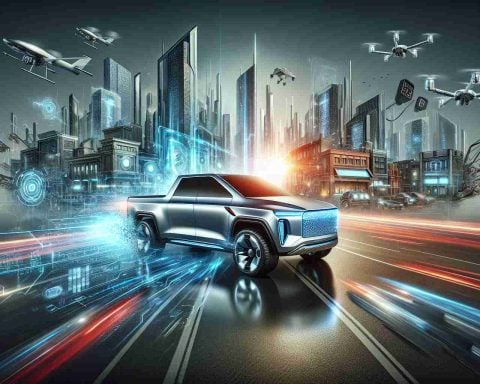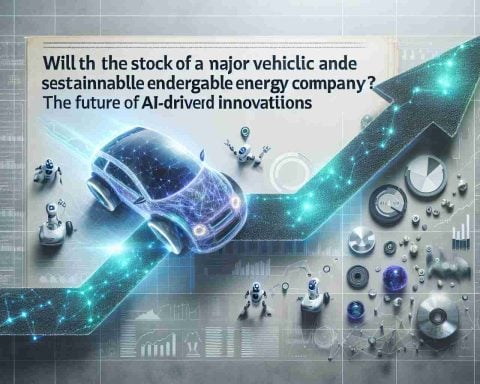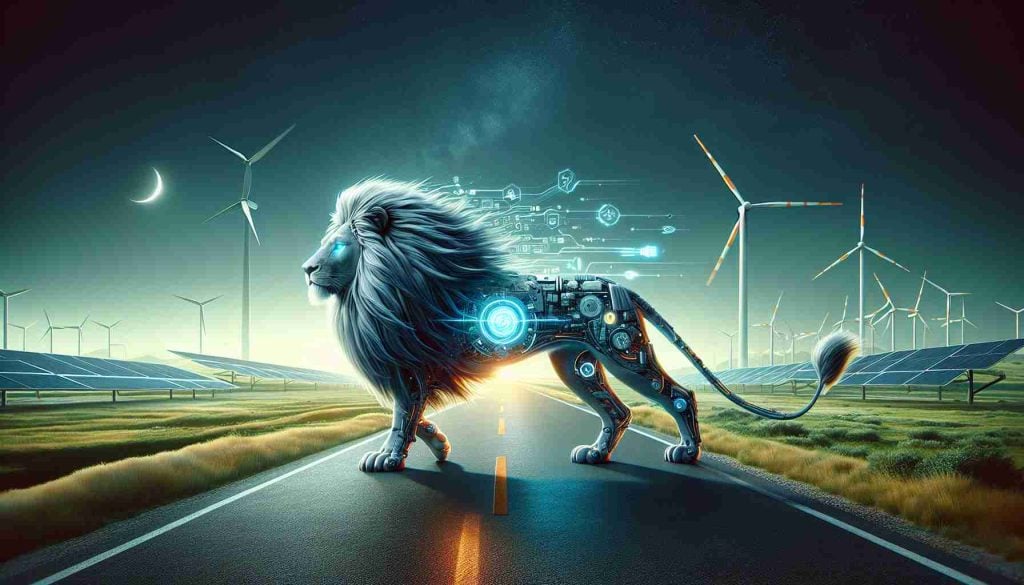- The $60 billion merger between Honda, Nissan, and Mitsubishi has collapsed, ending plans for creating a major automotive conglomerate.
- Nissan’s structural concerns were a major factor in halting the merger discussions.
- All three companies are refocusing efforts on strategic partnerships, particularly in intelligent and electrified vehicles.
- Honda is making a significant return to Formula 1, partnering with Aston Martin to supply power units, reflecting its commitment to innovation.
- The automotive future emphasizes agility, strategic collaboration, and innovation over large-scale mergers.
- The industry is shifting towards electrification and individual strengths, urging companies to thrive both individually and collaboratively.
A promising $60 billion merger among automotive giants Honda, Nissan, and Mitsubishi Motors has dramatically fallen apart, marking the end of negotiations that once promised to reshape the global automotive landscape. The merger, initially outlined in a memorandum of understanding last December, envisioned creating the third largest automotive conglomerate in the world. However, despite months of intricate negotiations, internal complications—allegedly linked to Nissan’s concerns over structural elements—brought the deal to an abrupt halt.
As the dust of the shelved merger begins to settle, the landscape of the auto industry remains unchanged, yet charged with potential. All three companies have expressed a renewed focus on strategic partnership, not through mergers, but by advancing into the realms of intelligent and electrified vehicles. By nurturing their individual strengths, Honda, Nissan, and Mitsubishi aim to collectively navigate the electrified future of transportation.
Meanwhile, Honda revs its engines for a high-octane return to Formula 1, aligning with Aston Martin to supply power units amidst evolving technical regulations. This ambitious comeback signifies Honda’s determination to innovate and transform within the competitive sphere of motorsports, reflecting its broader commitment to technical excellence.
In this swiftly changing automotive world, the takeaway is clear: while monumental mergers can stumble, agility and strategic partnerships offer a roadmap to the future. The call for innovation pulses stronger than ever, urging these giants not to merge and become one but to thrive individually and collaboratively in the electrified age of mobility.
Shocking Turn of Events: Why the $60 Billion Auto Merger Crumbled!
## Unraveling the Collapse of the Honda-Nissan-Mitsubishi Merger
The automotive industry eagerly anticipated a groundbreaking merger between Honda, Nissan, and Mitsubishi Motors, set to create a $60 billion behemoth. Yet, despite initial enthusiasm, intricate negotiations collapsed due to internal concerns, particularly from Nissan, disrupting plans to form the world’s third-largest automaker. But even as the merger falters, these companies still chart a dynamic path towards an electrified future.
Key Questions and Insights
1. Why Did Negotiations Fail?
Nissan’s apprehensions regarding structural aspects of the merger were pivotal in halting the talks. Concerns could stem from corporate governance disagreements or financial viability fears, reflecting broader trends of skepticism towards large-scale mergers. Such resistance often stems from the challenges in meshing distinct corporate cultures and aligning strategic interests across companies.
2. What Are the Implications for the Automotive Industry?
The merger’s collapse highlights a common challenge in the automotive sector: balancing corporate collaboration with maintaining distinct brand identities. Instead of merging to achieve shared goals, companies might focus on flexible partnerships or joint ventures for technology and innovation, which can be more sustainable and responsive to market changes.
3. How Are Honda, Nissan, and Mitsubishi Adapting?
Despite the setback, all three automakers reaffirm their dedication to advancing individual and collective electric and smart vehicle innovations. The emphasis on strategic partnerships rather than full mergers allows them to leverage each company’s unique strengths without the complexities of full integration.
4. What Is Honda’s Strategy with Formula 1?
Honda’s renewed alliance with Aston Martin in Formula 1 positions them back in the motorsport spotlight, reflecting their commitment to innovation and technological growth. Formula 1 serves as a testing ground for cutting-edge technology, aligning with Honda’s broader efforts in electric and hybrid vehicle advancement.
5. What Does This Mean for the Future of Mobility?
The failure of mergers juxtaposed with thriving strategic collaborations, like Honda’s Formula 1 involvement, underscores the shift in the automotive landscape towards agility, innovation, and adaptability. As the industry evolves, companies that pivot quickly and embrace new technologies without the delay of full mergers may gain a competitive edge.
A Look to the Future
While the much-anticipated merge has fallen apart, the efforts to innovate and stay competitive in the propulsion towards smart, electric, and future-ready vehicles have not stalled. The automotive giants are now set on carving out a sustainable and technologically advanced future.
Explore more about automotive innovations and industry dynamics on Honda, Nissan, and Mitsubishi Motors.
In the rapidly transforming world of transportation, alliances and innovation pave the way forward, promising an electrified and intelligent era of mobility.
